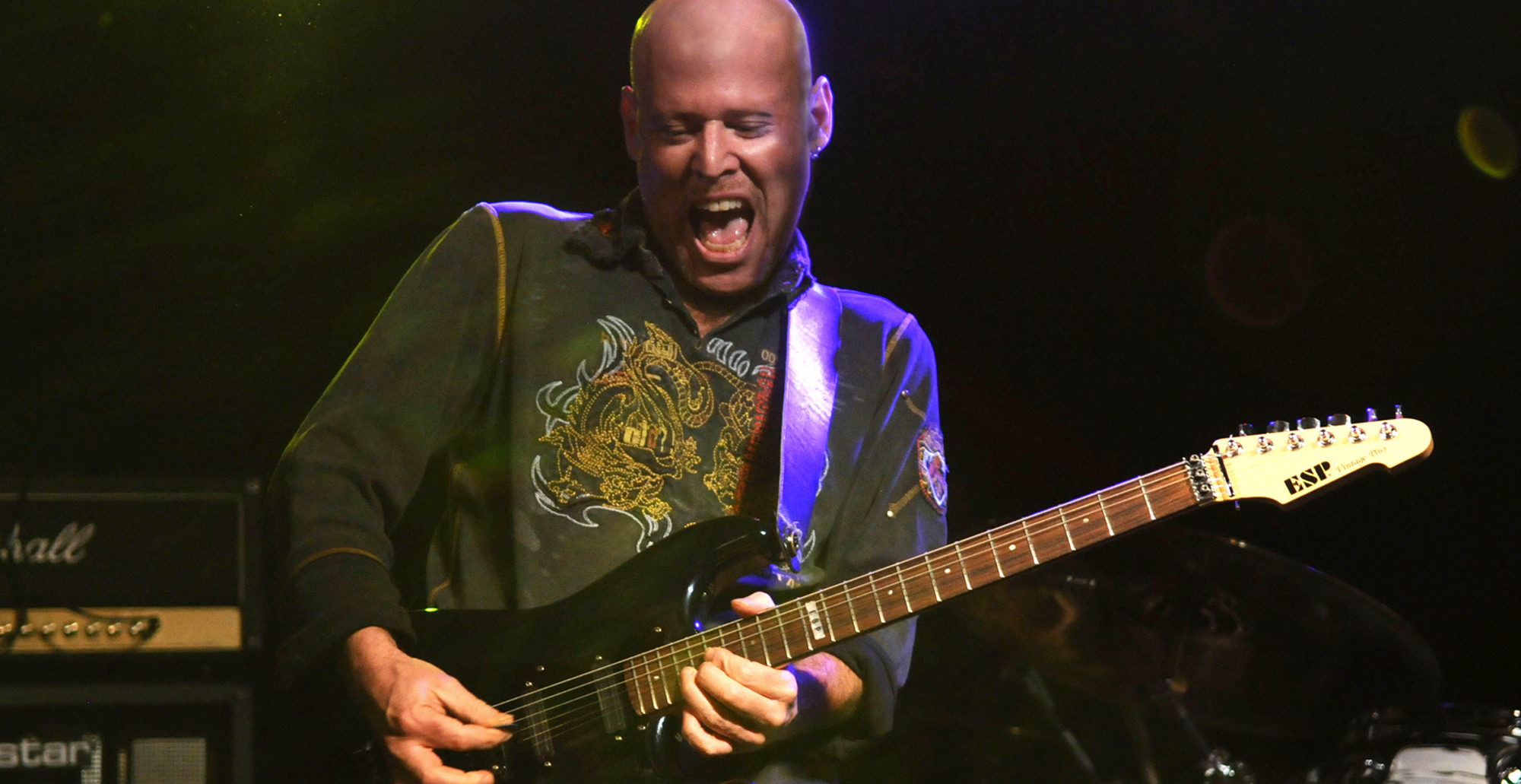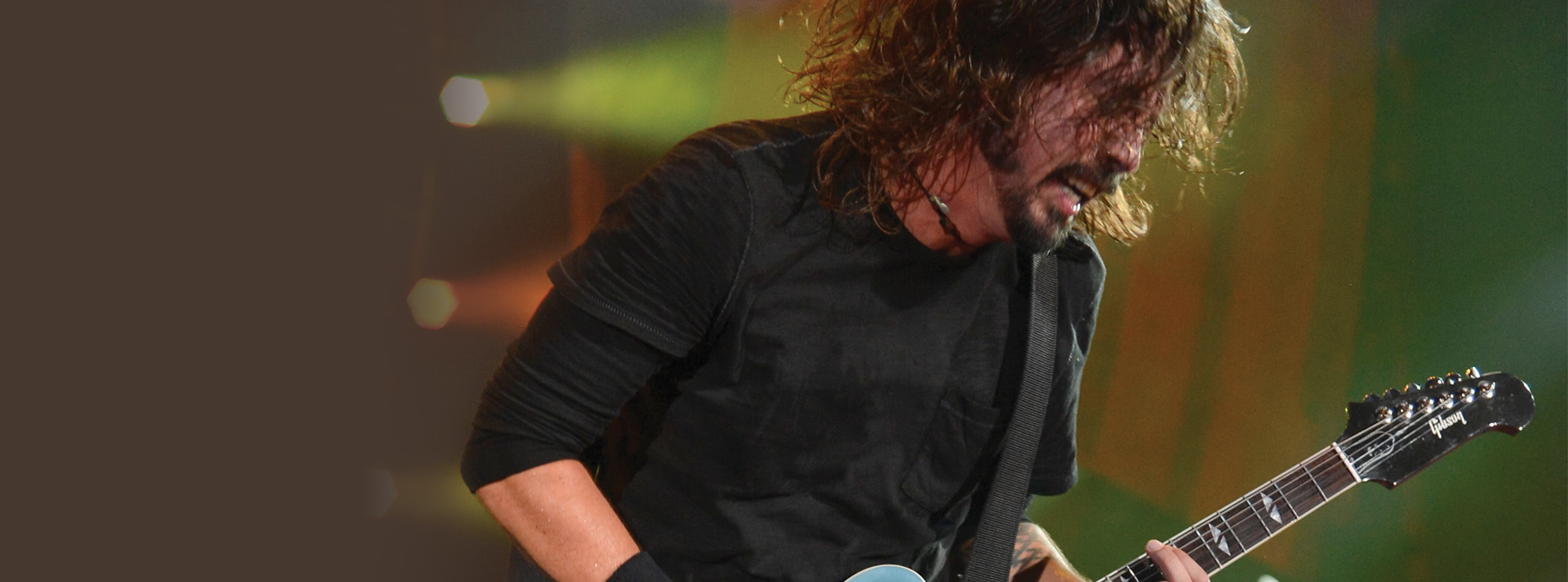Frampton Comes Alive! - A Guitarist's Perspective
Frampton Comes Alive!, the seminal 1976 live album by British rock musician Peter Frampton, stands as a landmark in both live music history and guitar playing. Recorded in summer and fall 1975 - primarily in San Francisco and New York - recordings from four shows were used for the release. The talk box guitar effect became strongly associated with Frampton following the album’s huge success. The album showcases Frampton's exceptional musicianship, innovative guitar techniques, and powerful performances.
In this Licklibrary video guitar lesson course, Danny Gill walks you through the many highlights of each song from this essential album one phrase at a time, including Frampton’s classic guitar parts and lead lines from tracks such as “Show Me the Way,” “Baby, I Love Your Way,” and “Do You Feel Like We Do”In this article, we will delve into the songs on the album, highlighting the guitar scales, techniques, and lead guitarists' contributions.
Songs
1. Introduction / Something's Happening
The album opener features a powerful riff in the E Mixolydian mode, characterized by its dominant 7th sound. Frampton uses alternate picking and palm muting techniques to create a driving rhythm. He also utilizes double-stops and hammer-ons to add depth to the riff.
2. Doobie Wah
Doobie Wah is a funky blues-rock tune in the key of A Mixolydian. The main riff features the use of slides, hammer-ons, and pull-offs to create a catchy, syncopated rhythm. The lead guitar work showcases Frampton's fluid legato style, as well as his use of vibrato to add expression to the notes.
3. Show Me the Way
This classic hit features a memorable talk box guitar solo, which adds a distinctive, vocal-like quality to the lead guitar. The song is based on a D major chord progression, and Frampton employs chord progressions and arpeggios to create melodic lines. He also uses string bending and vibrato to give his solo a singing quality.
4. It's a Plain Shame
This driving rock track features a riff in the key of E minor, with a focus on the use of power chords and palm muting to create a heavy rhythm. The lead guitar work includes tapped harmonics, double-stop bends, and unison bends to create a dynamic and expressive solo.
5. All I Want to Be (Is by Your Side)
This acoustic track highlights Frampton's fingerpicking skills and his ability to create intricate finger-picking patterns. The song features a progression in G major and showcases travis picking and hammer-ons to add texture to the acoustic guitar work.
6. Wind of Change
Wind of Change is a melodic ballad with a chord progression in the key of C major. Frampton employs arpeggiated chord progressions and open-string riffs to create a lush, flowing sound. The lead guitar work showcases his use of slides, vibrato, and string bending to create a melodic and emotive solo.
7. Baby, I Love Your Way
This timeless classic features a progression in the key of G major, with Frampton using chord progressions and arpeggios to create a rich, harmonic foundation. The acoustic guitar work highlights his fingerpicking skills, incorporating hybrid picking and hammer-ons to add depth and complexity to the sound.
8. I Wanna Go to the Sun
This uptempo rock tune features a driving rhythm in the key of A major. Frampton uses galloping rhythms and power chords to create a high-energy foundation. The lead guitar work incorporates tremolo picking, whammy bar tricks, and dive bombs for an expressive, soaring solo.
9. (I'll Give You) Money
This blues-rock track showcases a riff in the key of E minor, with Frampton employing alternate picking and palm muting to create a driving, rhythmic foundation. The lead guitar work is characterized by bluesy bends, pinched harmonics, and trills to add depth and emotion to the solo.
10. Shine On
Shine On is a melodic rock song with a chord progression in the key of D major. The acoustic guitar work incorporates finger-picking, hammer-ons, and pull-offs to create a rich, textured sound. Frampton's lead guitar work features double-stops, slides, and vibrato to create a melodic and expressive solo.
11. Jumping Jack Flash
This energetic cover of The Rolling Stones' classic tune features a driving rhythm in the key of B♭ Mixolydian. Frampton uses power chords and palm muting to create a powerful foundation. The lead guitar work includes string bending, slides, and unison bends to create a dynamic and expressive solo.
12. Lines on My Face
This introspective ballad features a progression in the key of C major, with Frampton employing arpeggios and open-string riffs to create a lush, atmospheric sound. The lead guitar work showcases his use of legato techniques, octave melodies, and vibrato to add depth and emotion to the solo.
13. Do You Feel Like We Do
The album's iconic closing track, "Do You Feel Like We Do," is a tour de force of guitar techniques and musicianship. Based on a G minor chord progression, Frampton's guitar work in this song incorporates syncopated rhythms, power chords, and barre chords to create a dynamic foundation. The lead guitar features two-handed tapping, sweep picking, and rakes to create an expressive and technically impressive solo. The song also showcases Frampton's mastery of the talk box, which gives the guitar a vocal-like quality.
Lead Guitarists and Their Contributions
Peter Frampton's contributions to this album are undeniable. As the primary guitarist, he demonstrates exceptional skill and versatility across various styles, including rock, blues, and acoustic fingerpicking. His signature talk box technique adds a unique and memorable aspect to the album, setting it apart from other live recordings of the time.
Bob Mayo, the rhythm guitarist, provides a solid foundation for Frampton's lead work. His skillful playing complements Frampton's solos and helps to create the full, powerful sound that defines the album.
In conclusion, "Frampton Comes Alive!" is a landmark live album that showcases Peter Frampton's extraordinary guitar skills and songwriting talents. Each track offers a unique blend of guitar techniques and stylistic elements, making it a valuable resource for guitarists seeking to broaden their musical horizons. With its engaging performances and enduring appeal, "Frampton Comes Alive!" remains a must-listen for guitarists and music enthusiasts alike.
NB: PERFORMANCE FOOTAGE NOT INCLUDED WITH THIS COURSE
Techniques Used in the Album
Frampton Comes Alive! showcases a wide range of guitar techniques that contribute to its enduring appeal. Use the links below for more detailed info:
- Vibrato
- Alternate picking
- Legato
- Tapped harmonics
- Double-stop bends
- Unison bends
- Pinched harmonics
- Trills
- Tremolo picking
- Chord progressions
- Arpeggios
- Dive bombs
- Harmonics
- Pull-offs
- Power chords
- Palm muting
- Barre chords
- Two-handed tapping
- Sweep picking
- Rakes
- Finger-picking
- Hybrid picking
- Pre-bends
- Hammer-ons
- Double-stops
- Slides
- Travis picking
- Sustain
- Pick slides
- String bending
- Syncopated rhythms
- Open-string riffs
- Whammy bar tricks
- Bluesy bends
- Octave melodies
- Galloping rhythms
- Dual guitar harmonies
- Arpeggiated chord progressions
- Chromaticism
- Altered tunings

About The Tutor
Tutor Profile
Danny Gill
Danny Gill is, without a doubt, the most loved tutor by our community. With an incredible array of DVDs and web lessons for LickLibrary covering a wide variety of topics all of which he covers with incredible detail, it's no wonder he carries as much respect as he does. As...




